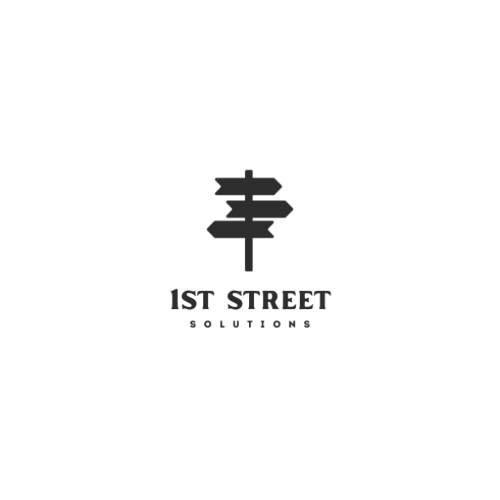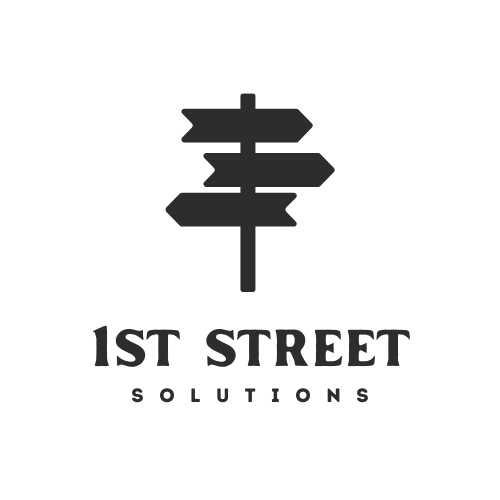The landscape of personal finance is often perceived as a battlefield, fraught with unexpected challenges and persistent struggles. For many, the weight of financial difficulties, be it mounting debt or unforeseen account shortfalls, can feel overwhelming, leading to a reactive cycle of stress and damage control. However, true financial well-being isn’t solely about reacting to problems as they arise; it’s about cultivating a proactive mindset that anticipates challenges, builds resilience, and ultimately fosters a profound sense of psychological relief. This shift in perspective moves individuals from feeling constantly behind to confidently charting a path forward.
Consider the pervasive narrative around financial struggles. It often focuses on the “fix” after a problem has occurred. While crucial, this reactive stance can perpetuate anxiety. What if the emphasis shifted to prevention and preparedness? This isn’t to say financial difficulties can always be avoided, but a proactive approach empowers individuals to navigate storms with greater stability and less emotional turmoil. It’s about building a financial fortress, brick by brick, against the unpredictable nature of life.
Strategic Planning for Debt Alleviation
One of the most significant sources of financial stress for many is the burden of high-interest debt, particularly from credit cards. The traditional advice often centers solely on aggressive repayment, which, while effective, can sometimes ignore the immense psychological pressure it creates. A proactive approach to debt involves not just the numbers, but also a realistic assessment of one’s capacity for repayment without succumbing to burnout. It’s about creating a sustainable strategy that you can commit to long-term, fostering consistency over intense, short-lived efforts.
This might involve meticulously analyzing each debt – its interest rate, balance, and terms – to prioritize repayment in a way that provides both financial benefit and emotional encouragement. For some, tackling the smallest debt first provides a quick win and motivational boost. For others, aggressively targeting the highest interest rate debt saves the most money in the long run. The critical element is to have a clear, actionable plan that reduces the feeling of being overwhelmed and replaces it with a sense of purposeful progress.
Seeking Credit Card Debt Relief Wisely
For those grappling with significant credit card balances, finding effective credit card debt relief is often a top priority. This isn’t about escaping responsibility, but about employing strategic tools to make repayment manageable and sustainable. Options range from debt consolidation loans, which combine multiple debts into one payment often with a lower interest rate, to balance transfer cards offering introductory 0% APR periods. Another powerful avenue is working with non-profit credit counseling agencies, who can negotiate with creditors for reduced interest rates and create a structured debt management plan tailored to your budget. The proactive choice here is to thoroughly research and select the relief strategy that best fits your financial situation, rather than waiting for the situation to worsen. This intentional action replaces anxiety with a concrete path forward.
Addressing Unexpected Account Shortfalls
Beyond active debt, another source of considerable financial stress can be unexpected account shortfalls. Discovering a negative bank balance can be an alarming experience, leading to overdraft fees, potential account closures, and a ripple effect of financial penalties. This often stems from a lack of immediate awareness of account activity or insufficient buffer funds. A proactive approach to managing your primary banking accounts involves regular monitoring and establishing a preventative safety net.
This includes setting up low balance alerts from your bank, linking a savings account as overdraft protection, or maintaining a small emergency fund specifically for these types of unexpected expenses. The psychological relief of knowing you have these safeguards in place is immense. It transforms the potential panic of a shortfall into a minor inconvenience, reinforcing your sense of financial control. It also encourages a deeper understanding of your cash flow and spending patterns, allowing you to anticipate and mitigate future issues before they arise.
Building Financial Resilience and Psychological Peace
Ultimately, the journey to financial well-being is deeply intertwined with cultivating a sense of psychological peace. This peace doesn’t come from an absence of challenges, but from the confidence that you have proactive strategies in place to meet them. It means taking deliberate steps to manage debt, prevent account shortfalls, and build a robust financial foundation. This holistic approach, combining practical financial actions with a resilient mindset, empowers you to navigate the complexities of money with greater ease and less stress, truly reclaiming control over your financial destiny.
Frequently Asked Questions
Q1: What’s the main benefit of a debt consolidation loan for credit card debt?
A1: The main benefit is simplifying your payments into a single, often lower, monthly payment with a potentially reduced interest rate. This makes debt more manageable and can help you pay it off faster, reducing stress.
Q2: Will a debt management plan hurt my credit score?
A2: A debt management plan (DMP) itself doesn’t directly harm your credit score, but joining one might be noted on your report. However, if a DMP helps you stop missing payments and reduce your debt, your score will likely improve over time, as payment history is the biggest factor.
Q3: How can I avoid having a negative bank balance?
A3: To avoid a negative bank balance, regularly check your account balance (daily if possible), set up low-balance alerts from your bank, link a savings account for overdraft protection, and always ensure you have enough funds before making a purchase or withdrawal.
Q4: Is it better to pay off the highest interest credit card or the smallest balance first?
A4: Mathematically, paying off the highest interest rate card (avalanche method) saves you the most money. Psychologically, paying off the smallest balance first (snowball method) can provide quick wins and motivation. Choose the method you’re most likely to stick with.
Q5: What’s a good “buffer” amount to keep in my checking account to prevent a negative balance?
A5: A good buffer typically ranges from $100 to $500, depending on your income, expenses, and transaction volume. The goal is to have enough to cover unexpected small deductions or a timing mismatch between deposits and withdrawals without going into overdraft.








